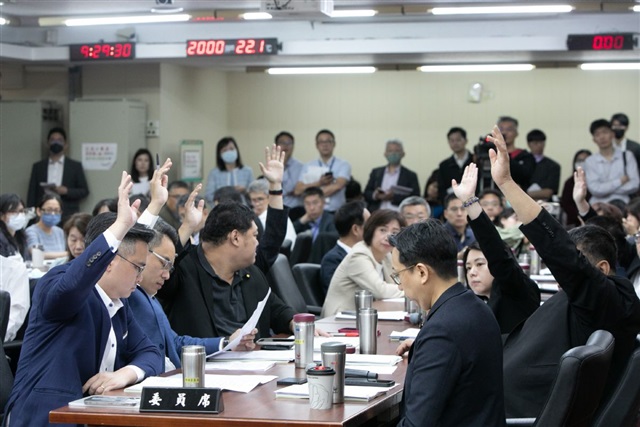Xiaomi stated that it is not a Chinese military-industrial company, is not affiliated with any military entity, and only provides consumer-focused civilian and commercial products, adding that the proposal to place Xiaomi on the 1260H list is unfounded, according to The South China Morning Post.
As 2025 draws to a close, the US-China AI compute market is entering a phase of guarded competition and selective cooperation. While the US government has launched an inter-agency review of Nvidia's H200 exports to China—and Nvidia is reportedly planning deliveries ahead of the Lunar New Year—Huawei has already set a clear timetable. Its next-generation AI chip, the Ascend 950PR, is scheduled for release in the first quarter of 2026.
Nvidia is set to include innovations from Groq, an AI inference chip startup, into its product ecosystem by the end of 2025, responding to an expected surge in AI inference demand. CEO Jensen Huang estimated in early 2025 that AI inference workload could grow by up to one billion times in the coming years, driving the company's strategic pivot.
Rising global investment in artificial intelligence is accelerating data center construction. This is intensifying demand for power, cooling, and energy storage equipment, reinforcing reliance on Chinese-made components even as governments push to diversify supply chains.
McKinsey Taipei recently released its "Global Banking Annual Review 2025" and "The State of AI: Global Survey 2025," surveying 2,000 companies across finance, technology, and retail sectors worldwide. Senior adviser Victor Kuan and senior partner Violet Chung at McKinsey & Company noted that Taiwan's financial industry faces multiple pressures from geopolitical tensions, macroeconomic volatility, and intensifying competition.
Solid oxide fuel cells (SOFCs) are drawing significant attention because of their flexible and rapid deployment capabilities as AI's electricity demand continues to skyrocket. Kaori Thermal Technology, a key supplier to SOFC fuel cell leader Bloom Energy, stated that customer demand remains strong, enabling both capital and workforce expansion. The company said its 2026 capex will be the largest since its founding, and its headcount is set to increase by more than 40%.
Eric Wu, founder of Shinkong InnovHUB, announced on December 23, 2025, that the facility is scheduled to open in 2027, offering a dedicated testing and demonstration site for autonomous vehicles. Wu simultaneously revealed the formal launch of Gaia Capital, a NT$5 billion (US$158 million) fund designed to help Taiwanese startups in the autonomous vehicle sector expand into global markets.
Nvidia has agreed to buy key assets from AI accelerator startup Groq in the company's largest acquisition to date, a move that underscores how the battle in artificial intelligence is increasingly shifting from training dominance toward inference efficiency and cost control.
Chunghwa Telecom (CHT) is expanding its AI and infrastructure footprint by establishing a shared AI exhibition space and research and development office at Kaohsiung's Pier F on December 22, 2025. The company will also assist Kaohsiung in building Taiwan's first city-level generative sovereign AI demonstration base.
Connector maker U.D. Electronic revealed at an investor briefing on March 23, 2025, that it expects significant growth momentum in 2026, driven by the commissioning of its Vietnam manufacturing plant and the integration of Linkpower Electronics. The company highlighted that AI servers and edge computing are pushing transmission speed upgrades, with products supporting speeds above 2.5G projected to exceed 30% of sales next year.
FIC Group reported strong demand from its optical communication customers amid ongoing supply shortages. The company's new Johor Bahru, Malaysia production facility recently passed customer certification. It is slated to begin mass production in the first quarter of 2026. FIC also announced plans for continued capacity expansion at the Johor plant throughout 2026 while exploring semiconductor precision manufacturing growth opportunities.
More coverage



